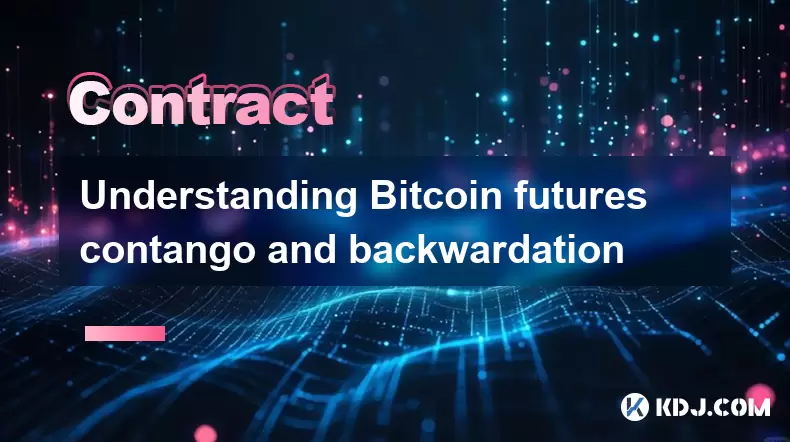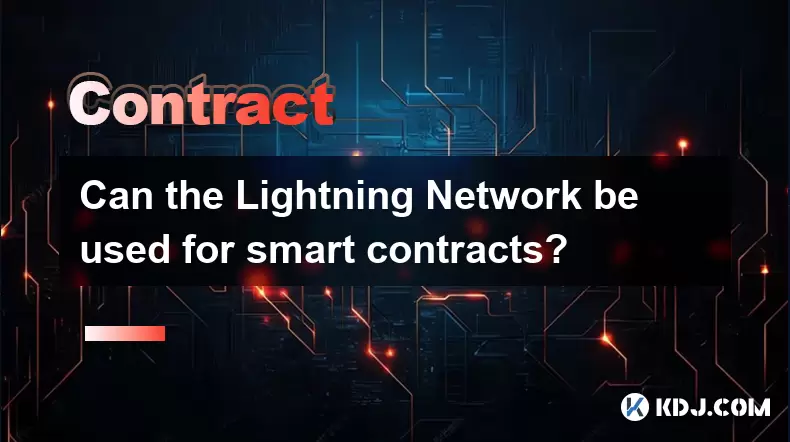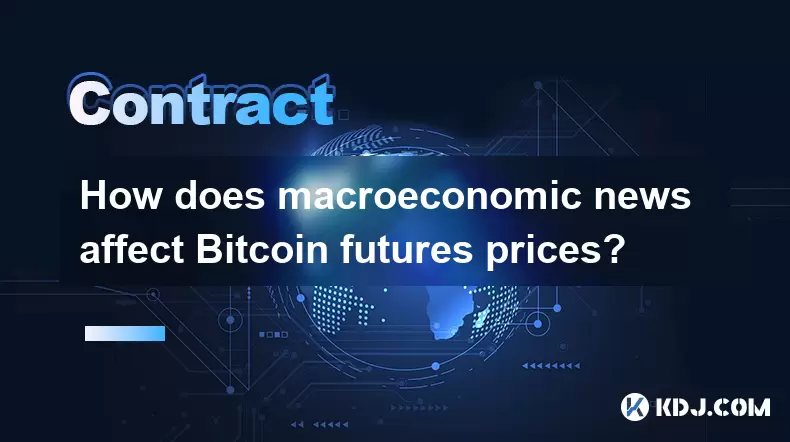-
 Bitcoin
Bitcoin $118,209.3536
1.16% -
 Ethereum
Ethereum $3,151.7546
5.98% -
 XRP
XRP $2.9277
2.35% -
 Tether USDt
Tether USDt $1.0000
0.00% -
 BNB
BNB $689.7099
1.26% -
 Solana
Solana $163.4270
1.91% -
 USDC
USDC $1.0000
0.02% -
 Dogecoin
Dogecoin $0.1983
3.74% -
 TRON
TRON $0.3008
0.51% -
 Cardano
Cardano $0.7435
2.86% -
 Hyperliquid
Hyperliquid $47.6547
-0.48% -
 Stellar
Stellar $0.4625
2.79% -
 Sui
Sui $3.9921
2.71% -
 Chainlink
Chainlink $16.0608
4.23% -
 Hedera
Hedera $0.2348
1.56% -
 Bitcoin Cash
Bitcoin Cash $496.6985
1.25% -
 Avalanche
Avalanche $21.9038
5.41% -
 UNUS SED LEO
UNUS SED LEO $8.8356
-1.88% -
 Shiba Inu
Shiba Inu $0.0...01364
5.31% -
 Toncoin
Toncoin $3.1102
4.35% -
 Litecoin
Litecoin $95.9756
3.59% -
 Polkadot
Polkadot $4.0925
5.78% -
 Monero
Monero $333.7622
-1.44% -
 Uniswap
Uniswap $9.1968
2.25% -
 Bitget Token
Bitget Token $4.6378
6.23% -
 Pepe
Pepe $0.0...01282
6.77% -
 Dai
Dai $1.0002
0.03% -
 Ethena USDe
Ethena USDe $1.0005
0.00% -
 Aave
Aave $329.9143
4.49% -
 Bittensor
Bittensor $441.4995
6.89%
Understanding Bitcoin futures contango and backwardation
Bitcoin futures contango occurs when futures prices exceed the spot price, signaling bullish expectations, while backwardation reflects bearish sentiment or short-term demand for immediate delivery.
Jul 16, 2025 at 12:29 pm

What Is Bitcoin Futures Contango?
Bitcoin futures contango refers to a market condition where the price of a Bitcoin futures contract is higher than the current spot price of Bitcoin. This situation typically reflects investor expectations of rising prices in the future. In such a scenario, traders are willing to pay a premium for holding the asset at a later date.
The phenomenon is not unique to Bitcoin but is commonly observed in commodity and traditional financial markets. However, in the context of cryptocurrency, contango can be influenced by factors like market sentiment, interest rates, and the cost of capital. Traders and institutional investors often analyze contango to gauge market confidence and make informed decisions.
What Is Bitcoin Futures Backwardation?
Conversely, Bitcoin futures backwardation occurs when the price of a futures contract is lower than the current spot price of Bitcoin. This condition usually signals bearish sentiment or expectations of a future price decline.
Backwardation can also be caused by short-term supply constraints or increased demand for immediate delivery of the asset. For example, during periods of high volatility or regulatory uncertainty, investors might prefer holding the actual cryptocurrency rather than a futures contract. This preference can push futures prices below spot levels.
Causes Behind Contango and Backwardation
Several factors contribute to the occurrence of contango and backwardation in Bitcoin futures markets:
- Market Sentiment: Optimism or pessimism about Bitcoin's future price heavily influences futures pricing.
- Funding Rates: In perpetual futures contracts, funding rates can impact whether the market leans toward contango or backwardation.
- Interest Rates and Cost of Capital: Holding futures contracts involves opportunity costs, especially when funds could be invested elsewhere.
- Volatility: High volatility can push futures into backwardation if investors demand immediate ownership.
- Regulatory News: Announcements or policy changes can shift market dynamics rapidly.
These factors often interplay, making it essential for traders to monitor macroeconomic and crypto-specific developments.
How to Identify Contango and Backwardation
To determine whether Bitcoin futures are in contango or backwardation, traders can compare the prices of futures contracts with different expiration dates against the spot price.
Here's a step-by-step approach:
- Check Spot Price: Use a reliable exchange or price index to determine the current price of Bitcoin.
- Compare Futures Contracts: Look at futures contracts with various expiration dates, such as one month, three months, and six months out.
- Plot the Curve: Create a chart showing futures prices across time. If the curve slopes upward, the market is in contango; if it slopes downward, it's in backwardation.
- Use Derivative Platforms: Tools like Bybit, Binance Futures, or CME provide real-time futures curves and analytics.
- Monitor Funding Rates: On perpetual futures exchanges, observe funding rates to understand whether long or short positions dominate.
This analysis helps traders decide whether to hold futures or spot assets and informs strategies like calendar spreads.
Implications for Traders and Investors
Understanding contango and backwardation can significantly impact trading strategies:
- Contango Market: Traders may avoid holding long-term futures contracts as they lose value over time when converging with the spot price. Instead, they might prefer rolling short-term contracts or trading spot directly.
- Backwardation Market: This environment can be favorable for holding futures contracts, as their value increases as they approach expiration. Arbitrage opportunities may arise when the price discrepancy is significant.
- Hedging: Institutional investors use futures to hedge their Bitcoin holdings, adjusting positions based on whether the market is in contango or backwardation.
- Cost of Carry: In contango, the cost of carry is positive, meaning holding futures is more expensive than owning the asset outright. In backwardation, the cost of carry is negative.
These implications highlight the importance of analyzing futures curves before entering into positions.
Common Questions About Bitcoin Futures Contango and Backwardation
What does contango mean for Bitcoin investors?
Contango indicates that investors expect Bitcoin’s price to rise in the future. However, it can also reflect risk premiums or funding costs rather than pure price expectations.
Can Bitcoin futures be both in contango and backwardation at the same time?
No, a specific futures contract can only be in one state at a given time. However, different expiration contracts may show varying conditions. For example, near-term contracts could be in backwardation while long-term contracts are in contango.
How often does Bitcoin futures market switch between contango and backwardation?
The Bitcoin futures market frequently switches between these states, especially during periods of high volatility or major market news. Monitoring these shifts can offer strategic advantages.
Does backwardation always mean Bitcoin price will fall?
Not necessarily. While backwardation suggests bearish sentiment, it can also result from temporary supply-demand imbalances or risk aversion. The actual spot price movement depends on broader market dynamics.
Disclaimer:info@kdj.com
The information provided is not trading advice. kdj.com does not assume any responsibility for any investments made based on the information provided in this article. Cryptocurrencies are highly volatile and it is highly recommended that you invest with caution after thorough research!
If you believe that the content used on this website infringes your copyright, please contact us immediately (info@kdj.com) and we will delete it promptly.
- Eclipse Airdrop and Token Supply: Navigating the Crypto Landscape
- 2025-07-16 18:50:13
- Solana Price, Zebec Network, and Remittix: Decoding the Crypto Signals
- 2025-07-16 18:30:13
- Crypto Picks & Altcoin Breakout: August's Hottest Trends
- 2025-07-16 18:30:13
- XLM Stellar Analyst Prediction: Is a $10 Target on the Horizon?
- 2025-07-16 19:10:12
- Dubai, Ripple, and Tokenization: A New Era for Real Estate
- 2025-07-16 18:50:13
- Unilabs Finance (UNIL): Primed for a Massive 2025 Launch?
- 2025-07-16 19:15:12
Related knowledge

What is a stablecoin-margined contract vs a coin-margined contract?
Jul 15,2025 at 06:36pm
Understanding the Difference Between Stablecoin-Margined Contracts and Coin-Margined ContractsIn the world of cryptocurrency derivatives, margin plays...

How to backtest a Bitcoin futures trading strategy?
Jul 15,2025 at 11:35am
Understanding Bitcoin Futures TradingBitcoin futures trading involves contracts to buy or sell Bitcoin at a predetermined price and date in the future...

Psychology of trading Bitcoin contracts
Jul 13,2025 at 02:50am
Understanding the Emotional Rollercoaster of Bitcoin Futures TradingBitcoin contract trading, especially in the form of futures, introduces a high lev...

Can the Lightning Network be used for smart contracts?
Jul 14,2025 at 11:28pm
Understanding the Lightning Network's Core FunctionalityThe Lightning Network is a second-layer solution built on top of blockchain protocols like Bit...

How does macroeconomic news affect Bitcoin futures prices?
Jul 15,2025 at 04:56pm
Understanding the Relationship Between Macroeconomic News and Bitcoin FuturesBitcoin futures are derivative contracts that allow traders to speculate ...

Best time of day to trade Bitcoin contracts?
Jul 13,2025 at 05:29am
Understanding Bitcoin Contracts and Their VolatilityBitcoin contracts, particularly futures contracts, are derivative instruments that allow traders t...

What is a stablecoin-margined contract vs a coin-margined contract?
Jul 15,2025 at 06:36pm
Understanding the Difference Between Stablecoin-Margined Contracts and Coin-Margined ContractsIn the world of cryptocurrency derivatives, margin plays...

How to backtest a Bitcoin futures trading strategy?
Jul 15,2025 at 11:35am
Understanding Bitcoin Futures TradingBitcoin futures trading involves contracts to buy or sell Bitcoin at a predetermined price and date in the future...

Psychology of trading Bitcoin contracts
Jul 13,2025 at 02:50am
Understanding the Emotional Rollercoaster of Bitcoin Futures TradingBitcoin contract trading, especially in the form of futures, introduces a high lev...

Can the Lightning Network be used for smart contracts?
Jul 14,2025 at 11:28pm
Understanding the Lightning Network's Core FunctionalityThe Lightning Network is a second-layer solution built on top of blockchain protocols like Bit...

How does macroeconomic news affect Bitcoin futures prices?
Jul 15,2025 at 04:56pm
Understanding the Relationship Between Macroeconomic News and Bitcoin FuturesBitcoin futures are derivative contracts that allow traders to speculate ...

Best time of day to trade Bitcoin contracts?
Jul 13,2025 at 05:29am
Understanding Bitcoin Contracts and Their VolatilityBitcoin contracts, particularly futures contracts, are derivative instruments that allow traders t...
See all articles

























































































